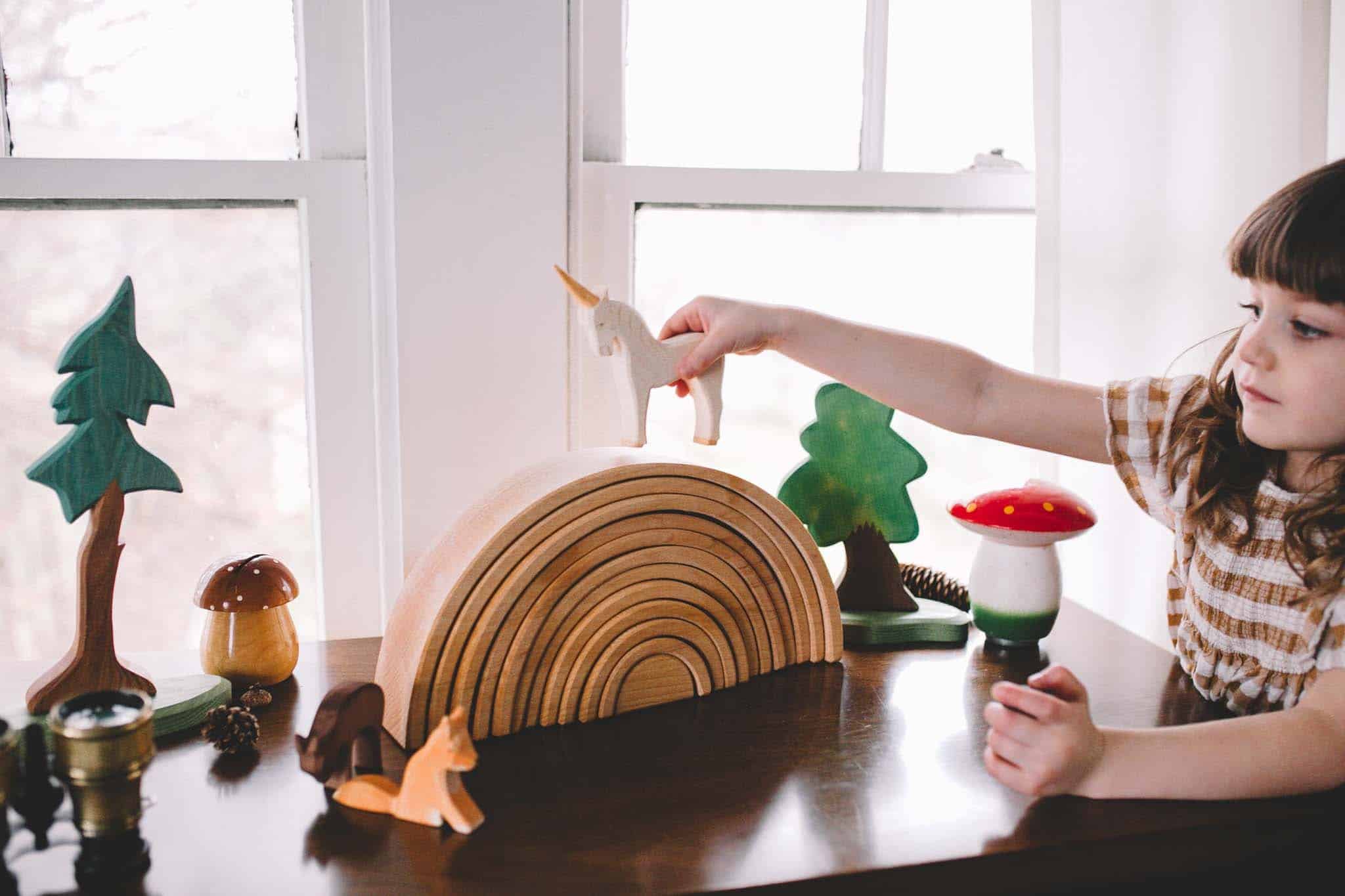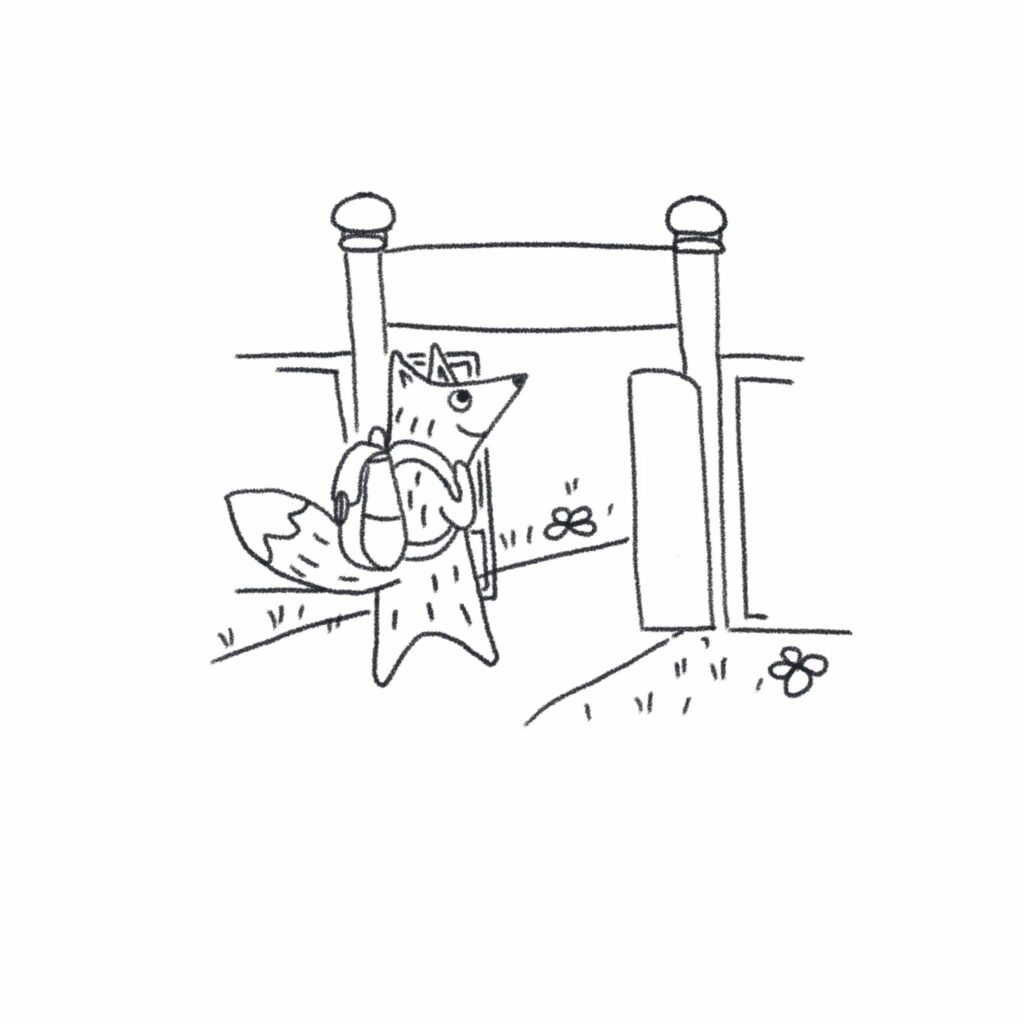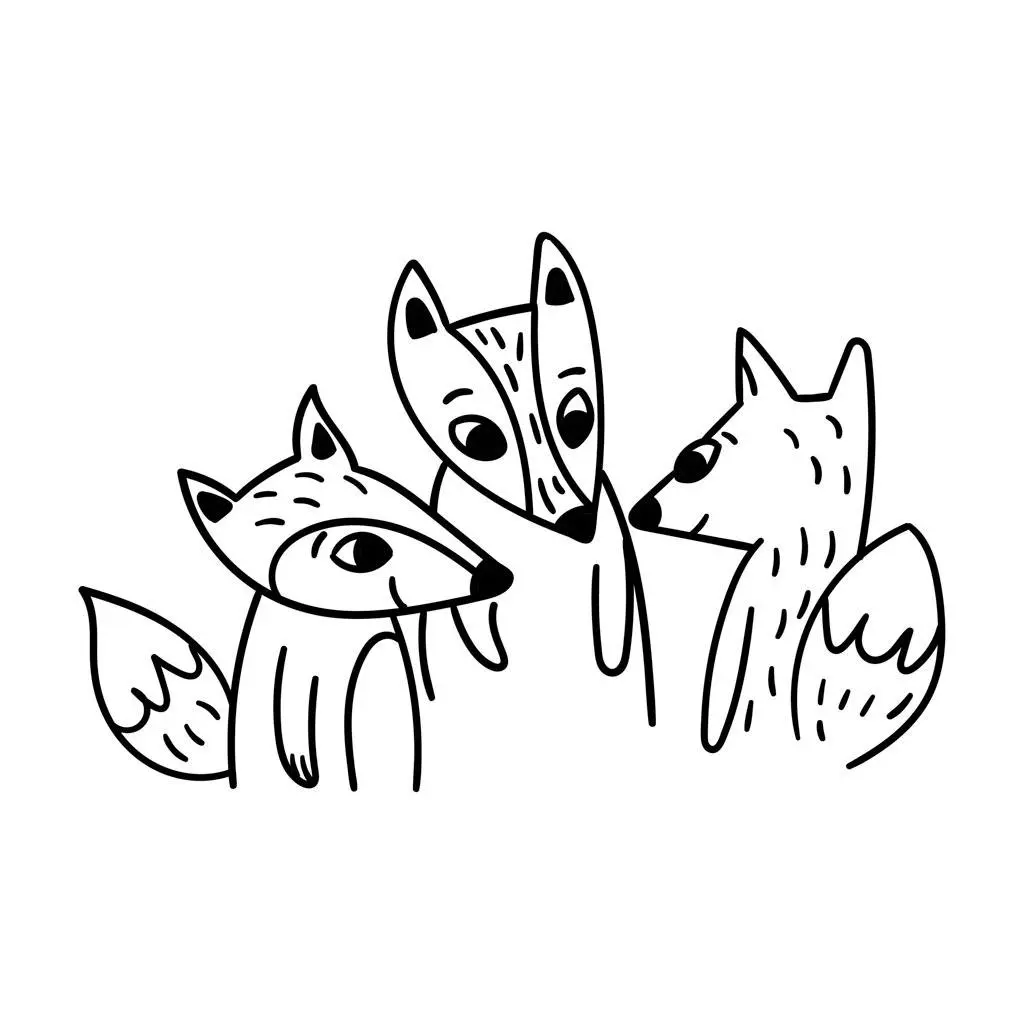What is private speech?
Do you remember talking to yourself as a child? You spoke as you played, narrating the action but also guiding yourself and talking through problems.
This is private speech.
It can take the form of dialogue between characters or commentary upon the action.
As we’ve seen elsewhere on the blog, social constructivism is the idea that children learn from a more knowledgeable other, an adult or a more experienced friend. But when that ‘other’ is not available, what does a child do?
They invent one.
What a strange idea! Your child is pretending to be an absent adult who is guiding them in their play. But it works.
“Don’t forget to put your shoes on!”
“Always look both ways when you cross the road – you didn’t see that man on the bicycle!”
The tone can be moralising sometimes. But that’s OK. Your child is trying to make sense of messages that you have shared over the years.
Eventually, private speech stops. But it hasn’t gone away. All that narration and strategising has simply been internalised. It has become thought.

When does private speech happen?
You’ll notice it whenever a task gets difficult, intellectually or emotionally. It’s mostly gone by the age of seven though it persists into adulthood in exceptional circumstances. Try doing some tricky maths, especially in a distracting environment, and you’ll see what I mean. You’ll notice your lips start to move as you say the numbers out loud and try to talk yourself through the problem. Proof, if you were still in doubt, that it is an aid to thinking.
What’s the relationship between private speech and self-regulation?
Self regulation is the ability of a child to control her response to a situation. The more she can do it, the better. It’s a sign of maturity and intelligence.
Have you heard of the marshmallow test? It’s a great example of self regulation and the follow-up studies have shown the life-long benefits of self control.
Children use private speech to help themselves complete tasks. But it also serves to manage their emotions. When faced with a difficult or worrying challenge, children often talk to themselves.
My plucky eldest daughter likes to climb a tree in the garden. There are some challenging stretches. Sometimes you’ll hear her whispering to herself, “You can do this. You are a brave girl!” Without an adult alongside her to offer reassurance, she turns to private speech.
Final word
Next time you notice your child talking to herself, take a moment to listen. What problem is she trying to solve? And how is she using private speech to help?




